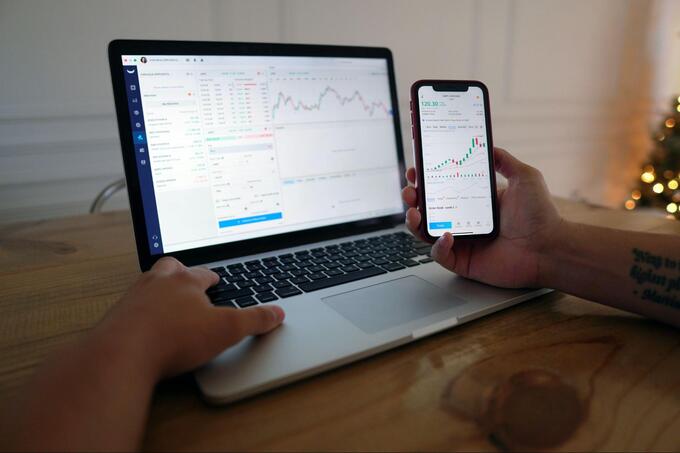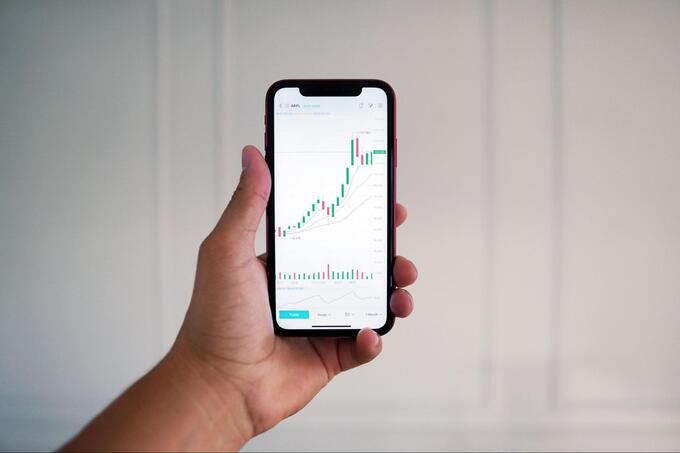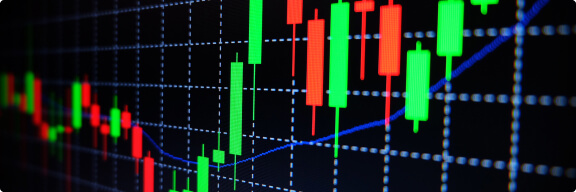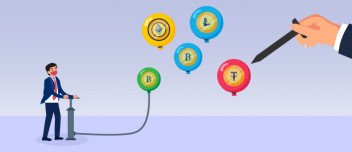Forex trading, or the exchange of foreign currencies, can be an attractive trading option for beginning investors.
However, there is a reason why queries like “is forex a scam” and “is forex trading a scam” are so popular on Google — there are a wide variety of forex scams out there that you need to be aware of.
In this article, we’ll tell you how to spot a forex scam, as well as what you can do if you fall victim to one.
6 Common Forex Trading Scams To Watch Out For
1. Forex Broker Scams
There are legitimate forex brokers out there who are licensed, registered, and regulated. Unfortunately, there are also many fake brokers out there who have no one holding them accountable.
These fake forex brokers typically set up forex trading platforms that appear legitimate, sometimes even copying a real broker’s site or stealing their registration information. But, when you use a fake forex trading platform, you’ll never see the money you put into it again.
2. Managed Forex Account Scams
In a managed forex scam, the fraudsters pose as forex account managers who claim they will invest your money for you and make you great returns, for a management fee. But, instead of investing your money, they’re just keeping it for themselves.
These “managers” might come up with all kinds of excuses for why your investment didn’t work out or why they can’t give you your money back when they ask for it, but the bottom line is that you won’t see any return on your investment.

3. Forex pyramid schemes and Ponzi schemes
A pyramid scheme or Ponzi scheme is another really common forex trading scam. In this forex scam process, someone at the top of the “pyramid” recruits eager, usually novice, investors into an investment group or program, promising investment training, advice, and guaranteed returns.
The catch is that everyone who joins the pyramid has to pay a small up front fee for access to things like training videos or meetings. If you join such a scheme, the leader then encourages you to recruit others into it, offering monetary rewards or access to more exclusive training materials for doing so.
You might see minimal returns on your investments, but the emphasis of these types of pyramid and Ponzi schemes is on recruiting others into the program and collecting fees from them.
The person or people at the top of the pyramid can just sit back and watch the money come in, while all the investors below them act as recruiters, never seeing significant amounts of money themselves.
4. Signal seller scams
In a signal seller forex scam, the scammers offer advice on the best times to buy and sell forex. They claim to be experts who analyze the market in order to give you this advice, but they are really fraudsters.
The scammers charge you for a subscription to their advice, claiming that it will earn you huge returns on your investments, then either give you bad advice or disappear with the money altogether.

5. Front-running scams
Front-running is when a broker cheats the system to make themselves money by placing a big order for forex before you, when they know you’re about to place a big order yourself.
The broker can then sell their forex off for a profit, and you don’t see the kinds of returns you were expecting.
6. Software scams
Forex software scammers sell faulty forex trading software, claiming that it will provide you with the best market data and analysis in order to help you make huge amounts of money. This type of software can also be referred to as a forex robot.
However, if the software/bot was really as good as they say it is, why would they be giving away their secrets to anyone, instead of using it to make all the money themselves? The truth is that forex software is not some magic hack to instant wealth.
How a Chargeback Can Help You Recover From a Forex Scam
Knowing what types of forex trading scams to look out for is the best way to protect yourself from scammers.
But, if you suspect you’ve been scammed by a fake forex broker or any of the other forex trading scams listed above, you may be able to get your money back through something called a chargeback.
Chargebacks are an official process offered by banks and credit card issuers that let you dispute certain charges to your card, such as if it gets stolen and used by the thieves or if you get scammed.
In order to get a chargeback after a forex scam, you must contact the financial institution responsible for issuing the credit card you used to invest in forex. Every bank or credit card company has a slightly different process for chargebacks, but you generally have to do the following:
- Ensure that you are within the time limit for requesting a chargeback (usually 4-6 months after the initial charge or whenever you realized you were scammed)
- Write a detailed letter to your card issuer explaining the scam, along with the exact dates and sums you charged to the card to pay the forex trading scammers
- Attach all evidence you have (such as screenshots of messages/emails with the scammers)
- Wait for your bank or credit card company to review your case and reach a verdict
- If approved, wait a period of time for the money to go back on your card (could be several weeks or months)
Many people have success with requesting chargebacks after a forex scam. However, the process can be complicated and stressful, and results aren’t always guaranteed.
To improve your chances of receiving a positive verdict from your financial institution, consider hiring a fund recovery company specializing in chargebacks. These companies have years of experience and deal with hundreds of chargebacks every year, with a proven track record of success.






